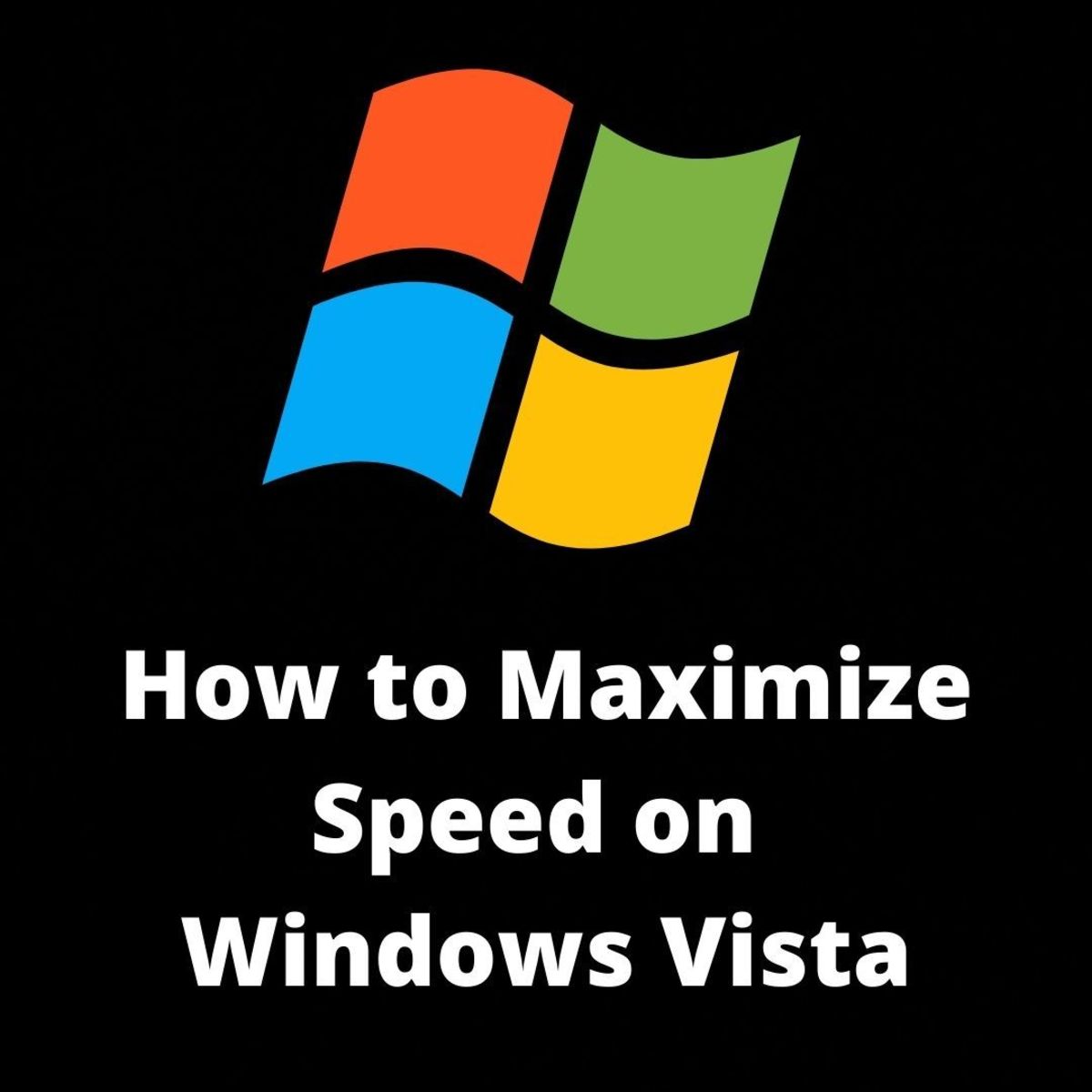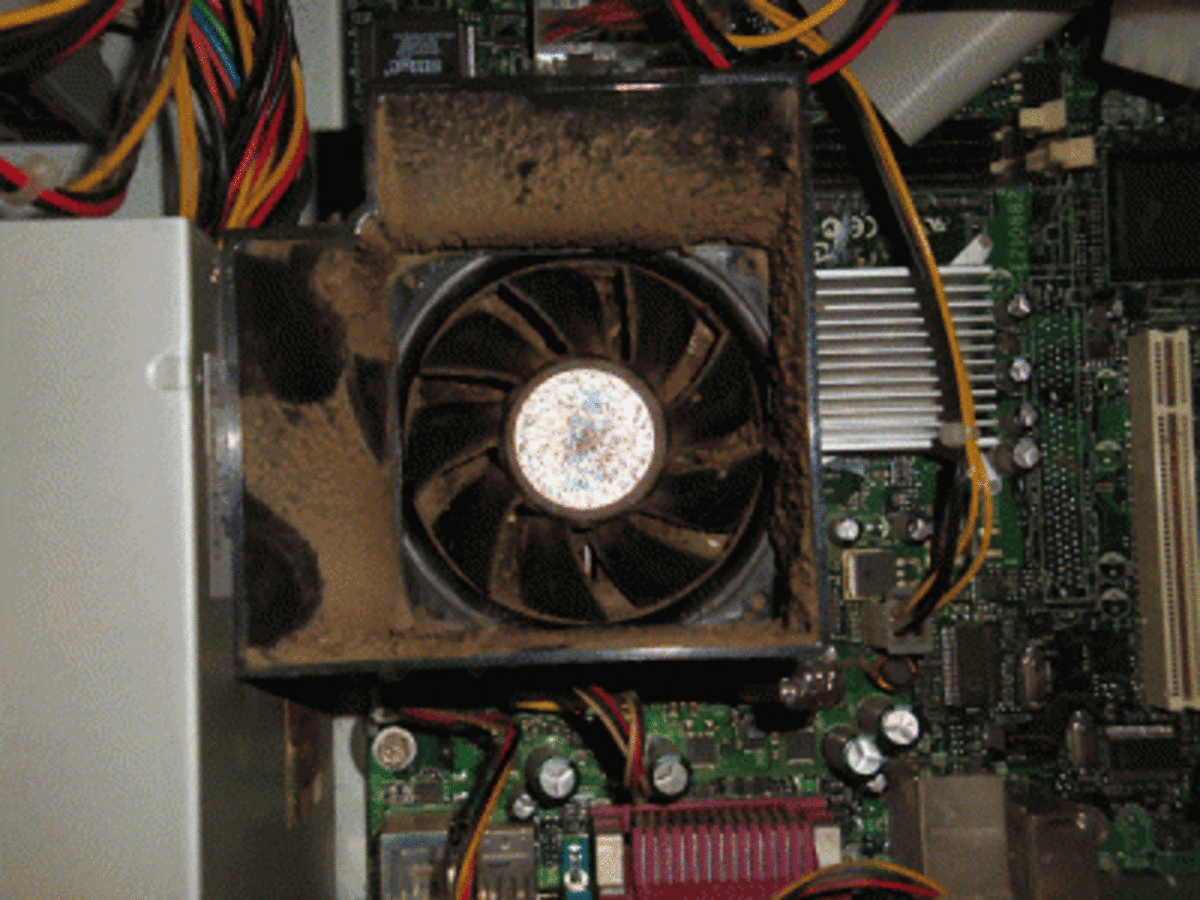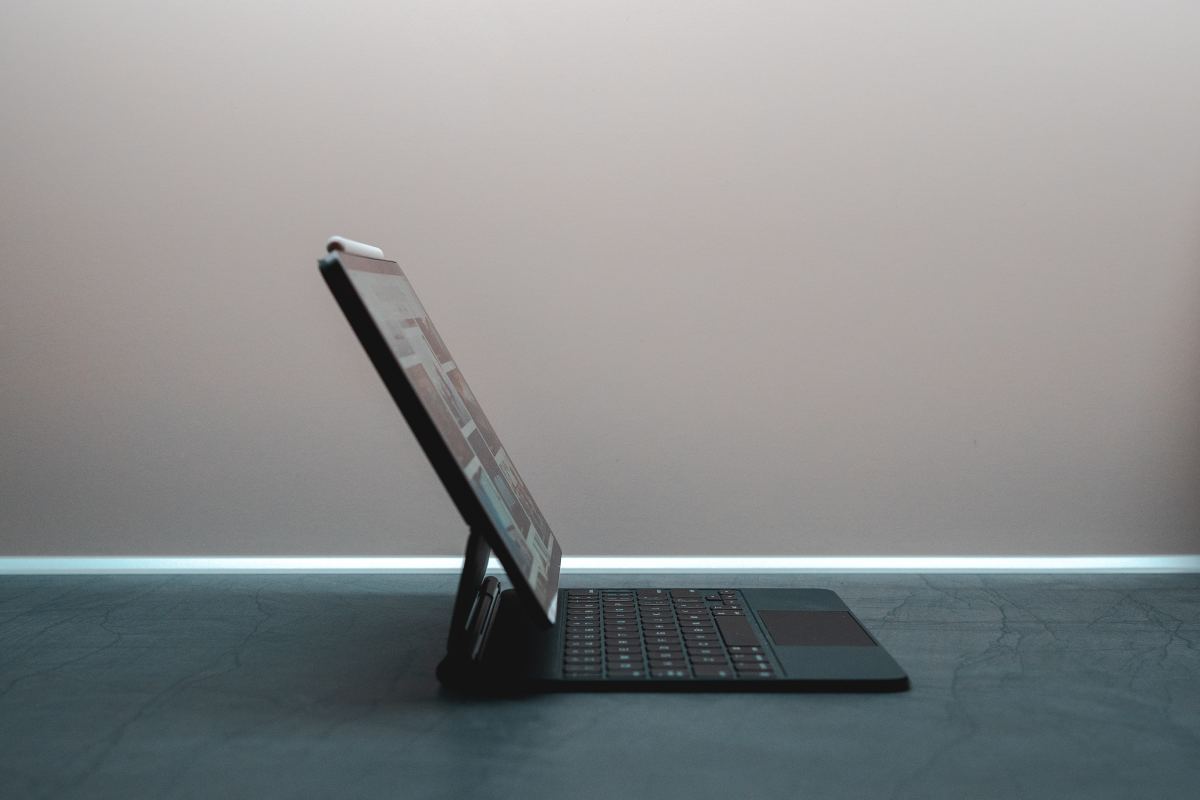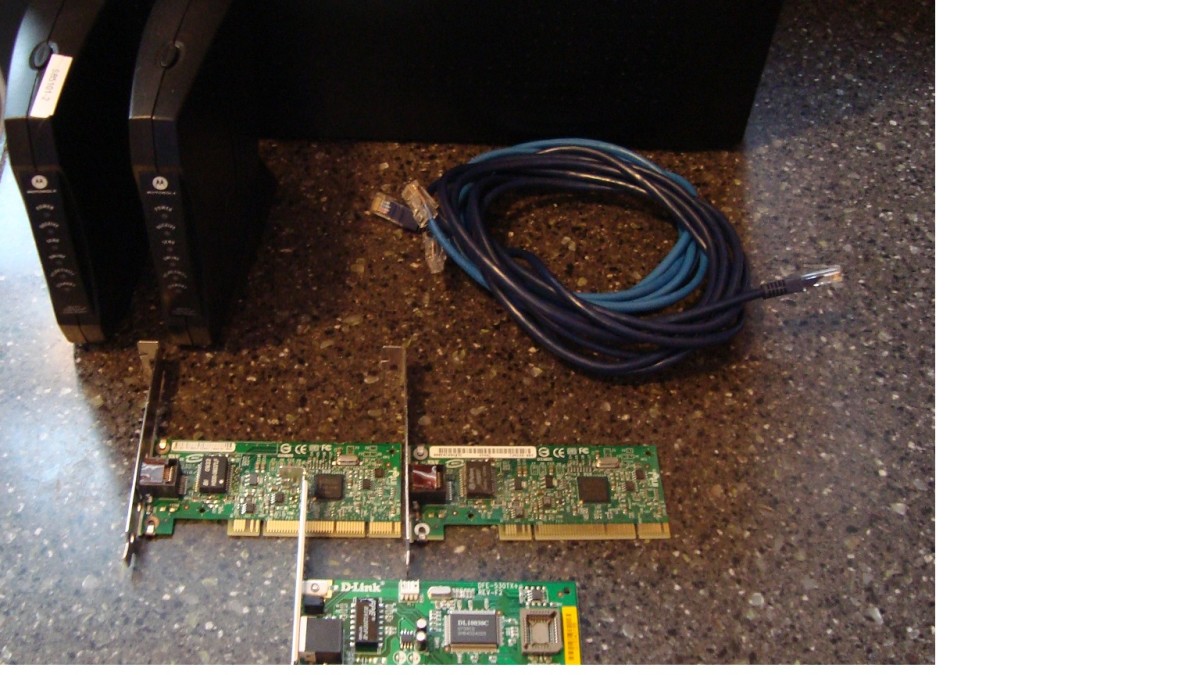How to Connect Your Laptop to a TV
Windows 7
- Plug one end of either the VGA or HDMI cable that you're using in to the corresponding output port on the Windows 7 laptop. HDMI output ports are typically labelled "HDMI" and VGA output ports typically have an icon that looks like a TV monitor.
- Turn your laptop on if it isn't turned on already.
- Check the owner's manual that came with your TV for a list of PC output resolutions that are supported by the TV and change the output resolution on your laptop to one of these supported resolutions. Resolutions that are commonly supported include 800 by 600 and 1024 by 768. You can change Windows 7 display resolution relatively quickly by right-clicking an open area on the Windows 7 desktop and then clicking "Screen Resolution." Click the drop-down arrow to the right of Resolution and change drag the slider to change the resolution.
- Connect the other end of the video cable you connected to the laptop to the corresponding input jack on the TV. For example, if you connected an HDMI cable to your computer, connect the other end of the HDMI cable in to an available HDMI input jack.HDMI inputs are typically labelled "HDMI 1," "HDMI 2" and so on. However, VGA inputs are often labelled either "VGA," "PC Input," "RGB" or something similar. Check your TV's owner's manual if you're unclear where the input jack you're looking for is located.
- Turn on the TV if it's not turned on already.
- Press the "Windows" and "P" buttons simultaneously on your Windows 7 laptop. This brings up the external monitor dialog box that displays the following options: Computer Only, Duplicate, Extend or Projector Only
- Select "Computer Only" whenever you don't want to display what's on your laptop's display on the TV; select "Duplicate" if you want to show your laptop's display on both screens; select "Extend" if you want to extend your Windows 7 work area onto the TV, which lets you move items between the two screens; and select "Projector Only" show your computer's display on the TV only. You can change your external monitor mode at any time by pressing the "Windows" and "P" buttons at the same time and selecting a different mode.
- If you connected your Windows 7 laptop to your TV using an HDMI cable, you can also output your laptop's audio through the TV's built-in speakers by clicking the "Windows" icon on the home screen and then selecting "Control Panel." Click "Hardware and Sound" and then select "Manage Audio Devices" in the Sound section. Select the Playback tab and then select "HDMI." If you connected your laptop to your TV using a VGA cable, you'll need to connect a 1/8mm audio cable to the audio output jack on your laptop and then connect the other end of that cable to a 1/8mm audio cable input associated with the VGA input on your TV, if there is one. Most TV's don't make an audio input available that corresponds with the PC input, but some do.
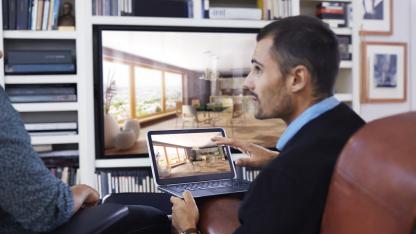
Windows Vista
- Plug one end of either the VGA or HDMI cable that you're using in to the corresponding output port on the Windows Vista laptop. HDMI output ports are typically labelled "HDMI" and VGA output ports typically have an icon that looks like a TV monitor.
- Turn your laptop on if it isn't turned on already.
- Check the owner's manual that came with your TV for a list of PC output resolutions that are supported by the TV and change the output resolution on your laptop to one of these supported resolutions. Resolutions that are commonly supported include 800 by 600 and 1024 by 768. You can change the Windows Vista resolution by clicking "Start," "Control Panel" and then "Appearance and Personalization." Click "Personalization," then click "Display Settings." Move the slider beneath Resolution to the appropriate resolution.
- Connect the other end of the video cable you connected to the laptop to the corresponding input jack on the TV. For example, if you connected an HDMI cable to your computer, connect the other end of the HDMI cable in to an available HDMI input jack. HDMI inputs are typically labelled "HDMI 1," "HDMI 2" and so on. However, VGA inputs are often labelled either "VGA," "PC Input," "RGB" or something similar. Check your TV's owner's manual if you're unclear where the input jack you're looking for is located.
- Turn on the TV if it's not turned on already.
- Click "Start" and then "Control Panel" on your Windows Vista laptop.
- Click "Mobile PC" and then click "Windows Mobility Center. In the External Display section, click "Connect Display." This opens the New Display Detected dialog box. In this dialog box you can elect to duplicate or extend your display, or view it on your external monitor only.
- Select "Apply" and then "OK" after making your selection. Your Windows Vista laptop's display appears on your TV per your selections.
- If you connected your laptop to your TV using an HDMI cable, you can also output your laptop's audio through the TV's built-in speakers by right-clicking the Sound icon in the Notification Area and then selecting "Playback Devices." Select "HDMI." If you connected your laptop to your TV using a VGA cable, you'll need to connect a 1/8mm audio cable to the audio output jack on your Windows Vista laptop and then connect the other end of that cable to a 1/8mm audio cable input associated with the VGA input on your TV, if there is one. Most TV's don't make an audio input available that corresponds with the PC input, but some do.
How to Connect Laptop to TV
Windows 10
- Connect either an HDMI or VGA cable to your laptop, and then connect the other end of the cable you connected to the corresponding input on the TV you want to connect to.
- Set the TV up to display the input the cable running from the laptop is connected to.
- Press the "Windows" and "P" buttons at the same time on your laptop to bring up the Project screen. From there you can choose to extend your laptop screen to the TV, show the output on one screen, or mirror the output on both screens.
© 2011 Max Dalton

